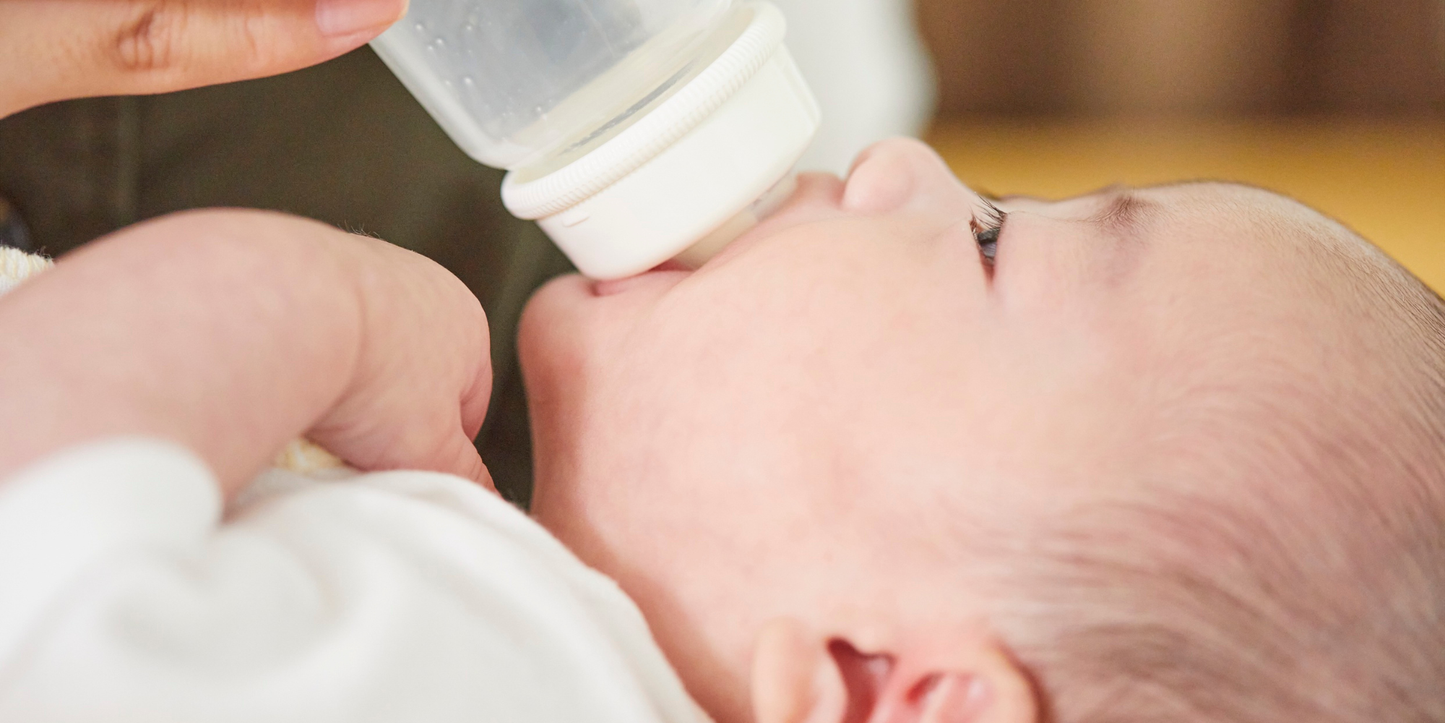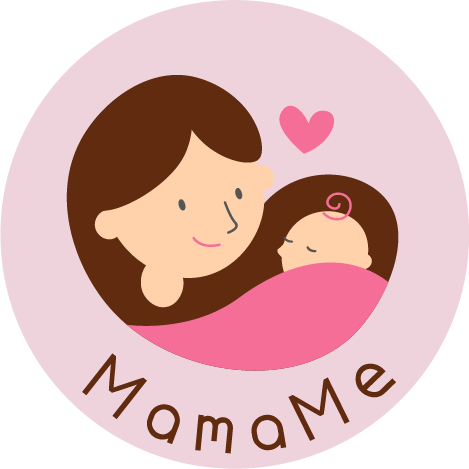
My name is Sarah Matthews and I'm mom of 3 kids. I've prepared countless baby bottles over the years. While the process might seem straightforward, proper preparation is crucial for your baby's health and safety. In this comprehensive guide, I'll share professional insights and practical tips that I've gathered both from expert sources and personal experience.

Essential Safety First: The Golden Rules
- Fresh is best: Always prepare each feed as needed
- Timing matters: Use prepared bottles within 2 hours at room temperature
- No shortcuts: Never reuse leftover milk
- Temperature check: Always test before feeding
- Clean environment: Prepare bottles on a clean, disinfected surface
Step-by-Step Guide to Perfect Bottle Preparation
1. Preparation and Sterilization
Start with immaculately clean hands and a sanitized workspace. Here's my pro tip: create a designated "bottle station" in your kitchen with all necessary supplies within arm's reach.
Equipment needed:
- Sterilized bottle
- Formula powder
- Fresh water
- Sterilized teat and cap
- Clean bottle brush
- Kitchen thermometer (optional but recommended)
2. Water Selection and Treatment
Use freshly boiled tap water that has cooled for no more than 30 minutes. The 30-minute rule isn't arbitrary - it ensures the water is still hot enough to kill any bacteria in the formula while being cool enough to preserve its nutritional value.
Parent Hack: Pre-boil water in the evening and store in a sterile thermos for night feeds, but remember the 30-minute cooling rule before mixing.
3. Precise Measurements
Accuracy is crucial for your baby's nutrition. Here's the foolproof method:
- Pour the correct amount of cooled boiled water first
- Add one level scoop of powder for each fluid ounce (30ml) of water
- Level the scoop with a clean knife without compressing the powder
Pro Tip: Never eyeball measurements - even small variations can affect your baby's digestion.
4. Mixing and Temperature Control
- Secure the teat and cap
- Shake thoroughly for about 15 seconds
- Cool to body temperature (37°C) under cold running water
- Test on your inner wrist - it should feel warm, not hot
Different Approaches and Perspectives
Hospital Grade Preparation
Some hospitals recommend a more stringent approach:
- Using water at 70°C to kill any bacteria
- Preparing feeds individually
- Immediate cooling in cold water bath
Alternative Methods
While some parents advocate for:
- Batch preparation (not recommended by health authorities)
- Room temperature formula (not advised)
- Portable formula dispensers (acceptable when traveling)
Choosing the Right Formula
Every baby is unique, and finding the right formula can take time. Here are some high-quality options to consider:
European Premium Formulas
-
HIPP Dutch Formula
- Known for organic ingredients
- Closest to breast milk composition
- Excellent digestibility
-
HOLLE Goat Formula
- Perfect for sensitive tummies
- Natural A2 milk proteins
- Organic certification
-
Pure Goat Formula
- 100% goat milk base
- Easy to digest
- Clean ingredient list
-
Jovie Cow Formula
- Innovative production process
- Rich in essential nutrients
- Sustainable packaging
Storage Guidelines
Safe Storage Times:
- Room temperature: Use within 2 hours
- Refrigerated: Not recommended to store
- Travel: Use insulated bag with ice packs
Common Mistakes to Avoid
- Using too hot or too cold water
- Incorrect powder-to-water ratio
- Insufficient sterilization
- Reusing leftover formula
- Pre-preparing bottles
Conclusion
Preparing your baby's bottle safely and correctly is one of the most important skills for new parents. While it might seem overwhelming at first, following these guidelines will soon become second nature. Remember, consistency and cleanliness are key to ensuring your baby's health and safety.
Final Parent Hack: Set up a nighttime station with everything you need for night feeds, including pre-measured water and formula portions in separate containers. This way, you can prepare bottles quickly while still following safe preparation guidelines.
By Sarah Matthews
Nutrition Journalist and Mother of Three
Disclaimer: This guide provides general information and should not replace professional medical advice. Always consult your pediatrician about your baby's specific needs.
